After eight years of operation, the National Aeronautics and Space Administration is soon to retire a unique piece of equipment and aviation history. NASA’s Boeing 747SP-based Stratospheric Observatory for Infrared Astronomy (SOFIA) flying telescope will be retired this year.
SOFIA is the latest and largest generation of NASA’s infrared astronomy aircraft. It’s equipped with a 2.7-metre, 15 T, 2.5-metre diameter telescope that operates out of an opening in a Boeing 747SP that’s larger than the loading doors on some freighter aircraft. Being on a plane allows the telescope to operate above 99 per cent of the atmosphere’s infrared-blocking water vapour, allowing for better observations than any ground-based telescope could. And since the telescope flies aboard a plane and isn’t in low Earth orbit, it’s easier to upgrade as technology advances.
Airborne astronomy has been around for nearly as long as humans have been flying planes. In the 1920s, NASA notes, aircraft were used to observe solar eclipses. Airborne astronomy remained for that purpose for decades until the 1960s, when technological advancement allowed for planes to be more useful in the study of the stars.
In 1965, the CV-990 Galileo I mission is noted to be the first to use an aircraft for infrared observations.
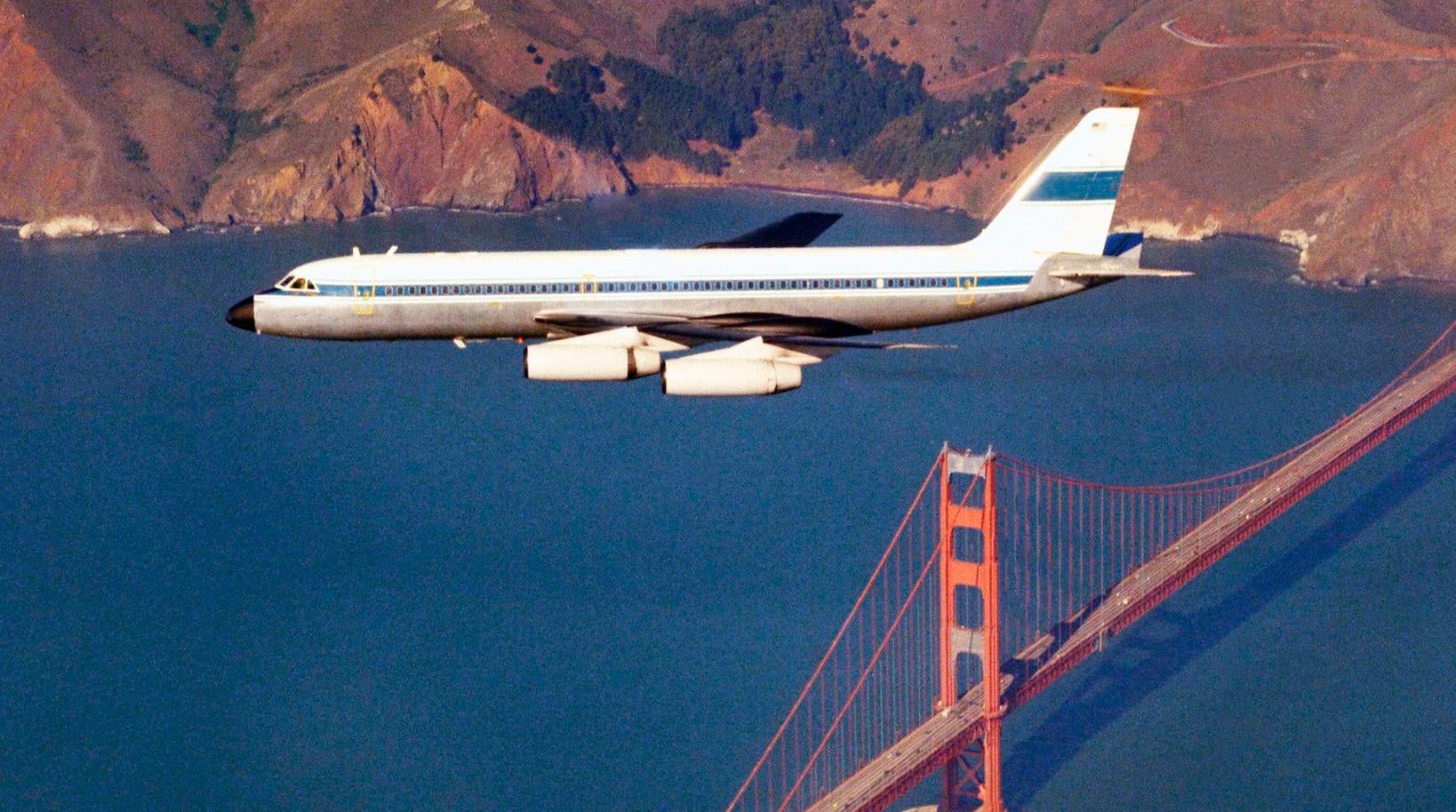
That aircraft — as the name suggests — was a Convair CV-990 that was used by astronomer Dr. Gerard P. Kuiper to observe planets without most of that water vapour getting in the way. In 1968, Physicist Frank Low used a Learjet for infrared astronomy. These aircraft made airborne infrared observation a reality, and NASA would continue to develop the concept over the years.
The next plane to become a flying observatory would be a modified Lockheed C-141A Starlifter. That aircraft, the Gerard P. Kuiper Airborne Observatory, replaced the Galileo Observatory after it was destroyed in a mid-air collision with a U.S. Navy Lockheed P-3C Orion in 1973. The Kuiper Airborne Observatory served NASA from 1974 to 1995, discovering the rings of Uranus, evidence of a black hole in the galactic centre of the Milky Way, and more.
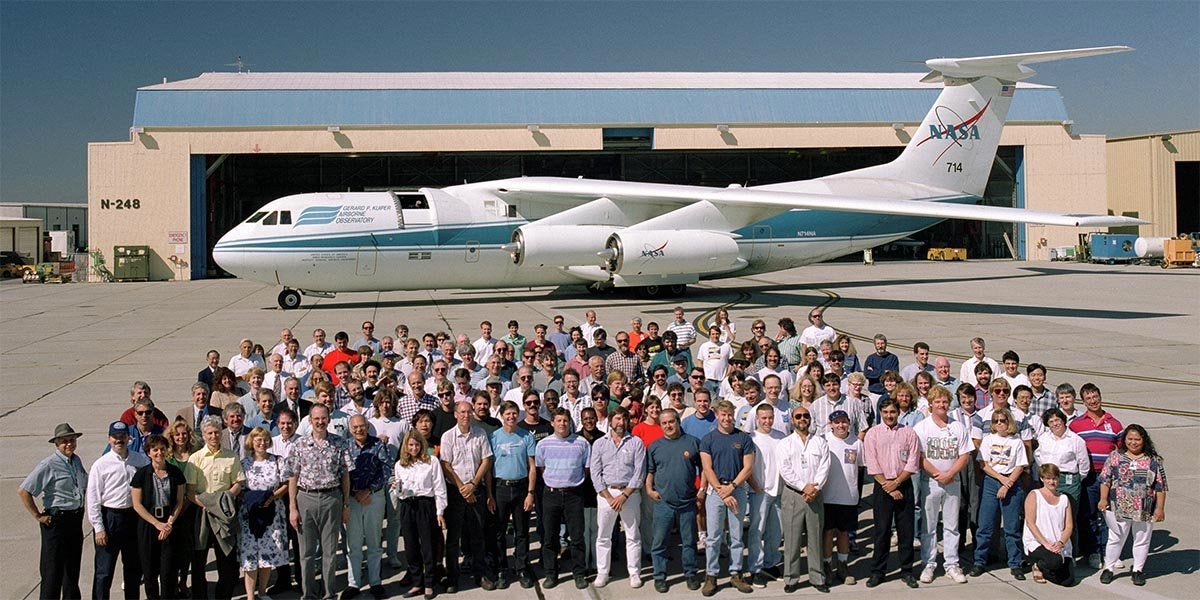
But even as the Kuiper was just taking to the skies, NASA was thinking about going even bigger. One of SOFIA’s sites notes that NASA was considering a bigger platform back in 1974, with a Boeing 747SP being considered in 1977.
The Boeing 747SP (Special Performance) was a promising platform. Designed to compete with smaller widebodies, the 747SP was shortened and lightened, with greater range and higher speed. It was birthed out of a request from Pan Am for a 747 capable of carrying a full load non-stop from New York to Tehran.
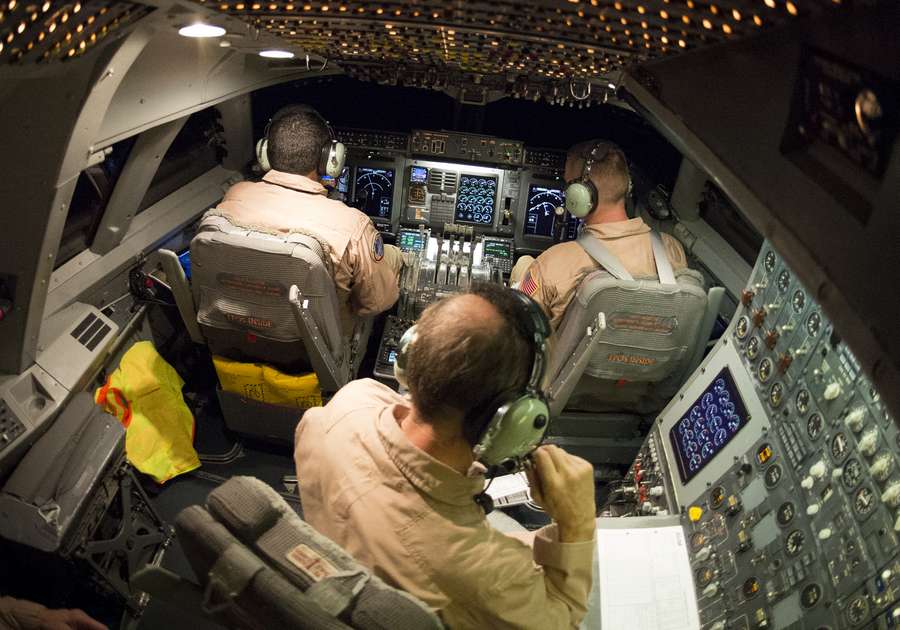
The result was an aircraft with a range of 6,650 nautical miles, the highest of any widebody from 1976 until 1989 when the 747-400 entered service.
Boeing expected to sell 200 747SPs but managed to move just 45 of them. SOFIA originally entered service as a passenger airliner with Pan Am on May 6, 1977, the 50th anniversary of Charles Lindbergh’s Paris to New York solo flight. Pan Am named the aircraft the Clipper Lindbergh and registered it as N536PA.
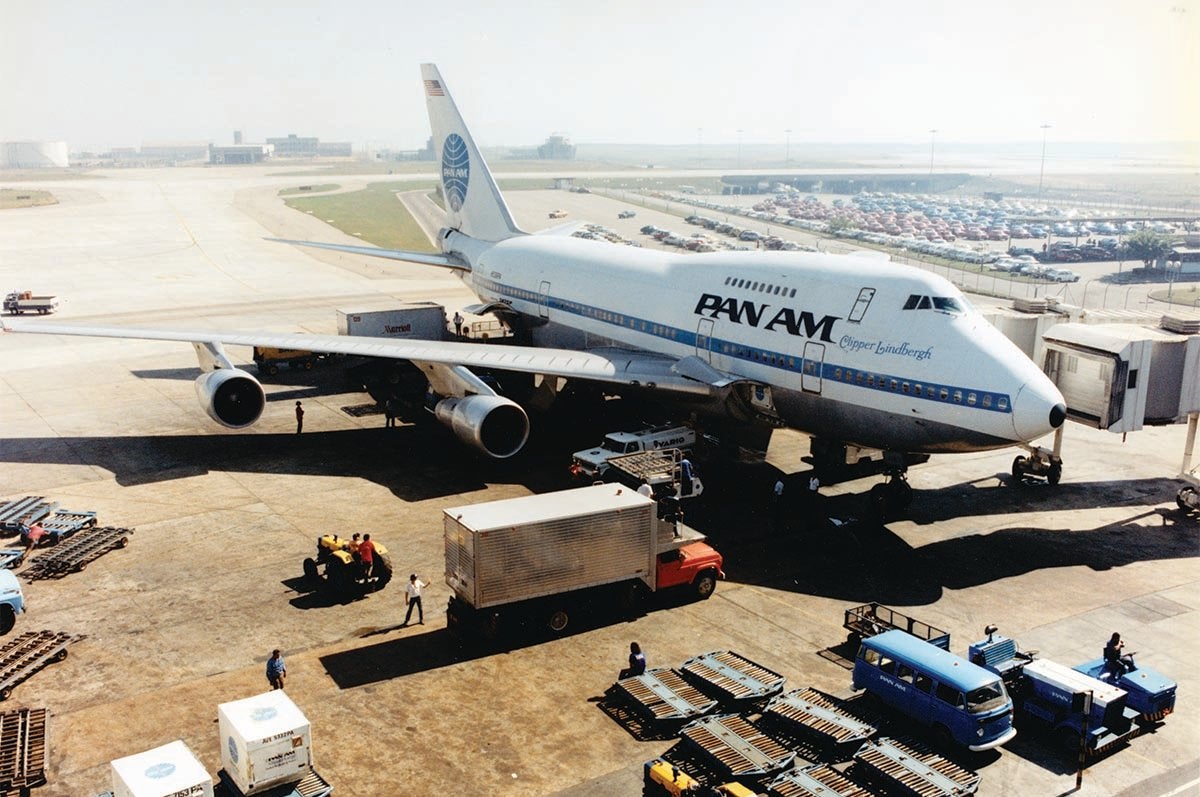
United Airlines would purchase the plane in 1986, register it as N145UA, and run it until 1995. NASA got it in 1997, eventually slapping N747NA on her sides.
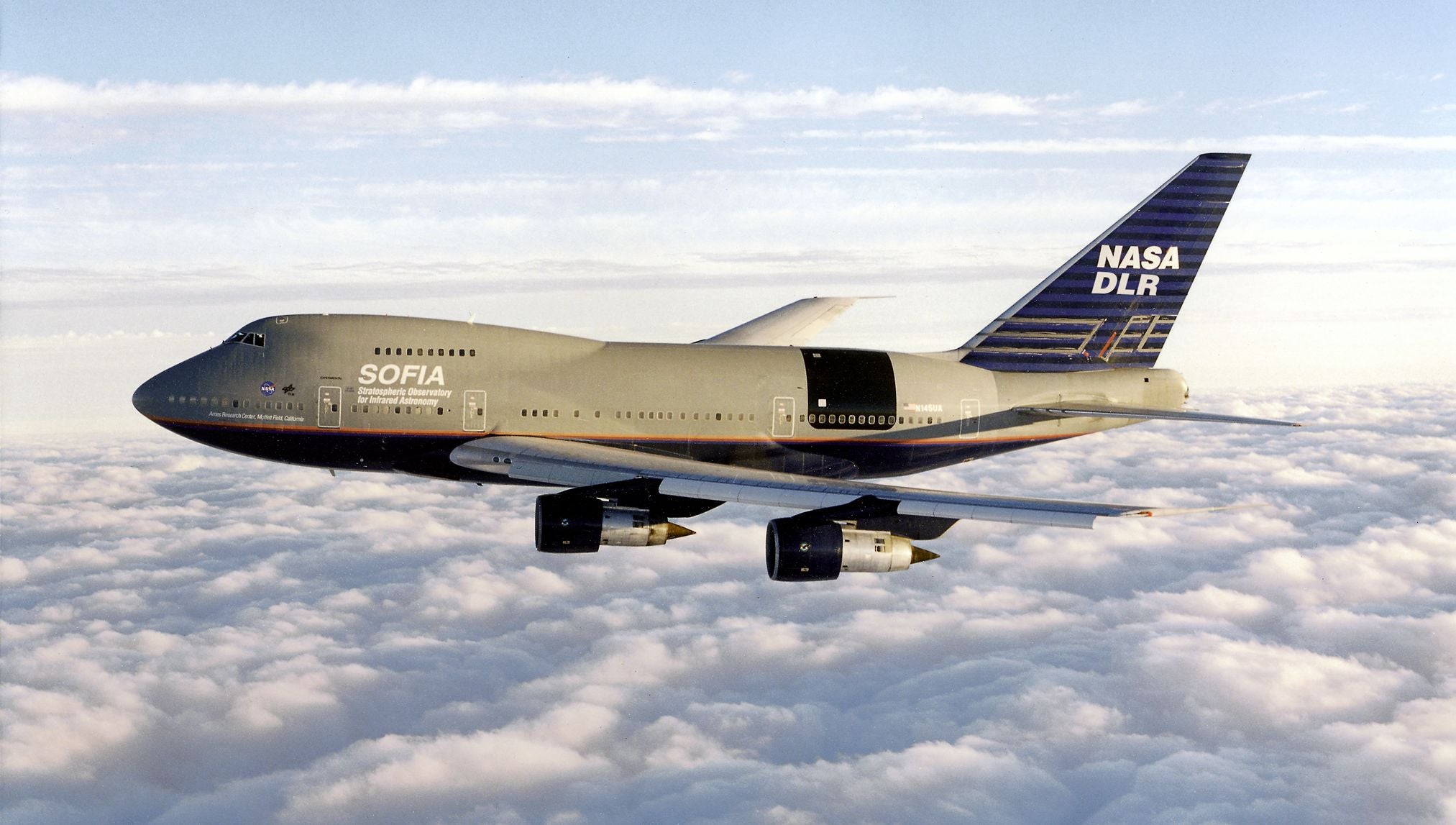
Development of SOFIA was handled by NASA and the Deutsches Zentrum für Luft und Raumfahrt (German Aerospace Centre, or DLR). Boeing was supposed to do the aircraft’s modifications, but by the time NASA finally got its hands on a 747SP, the company had moved on. Instead, L-3 Integrated Systems modified the aircraft. SOFIA’s modifications include that massive telescope port, moving the rear pressure bulkhead to before the door, a glass cockpit, interior retrofits for working areas and more. DLR handled the science instruments.
It took over a decade to bring SOFIA to reality and the telescope first saw light in 2010.

SOFIA became fully operational in 2014. Like Star Trek’s Enterprise, SOFIA’s mission was supposed to last five years, and it got a lot of work done since then. The telescope has been used in the search of oxygen on Mars, research on Pluto’s atmosphere, to discover water on the Moon and to observe the infrared universe. SOFIA’s telescope has seen the birth and death of stars, the formation of new solar systems and even nebulas.
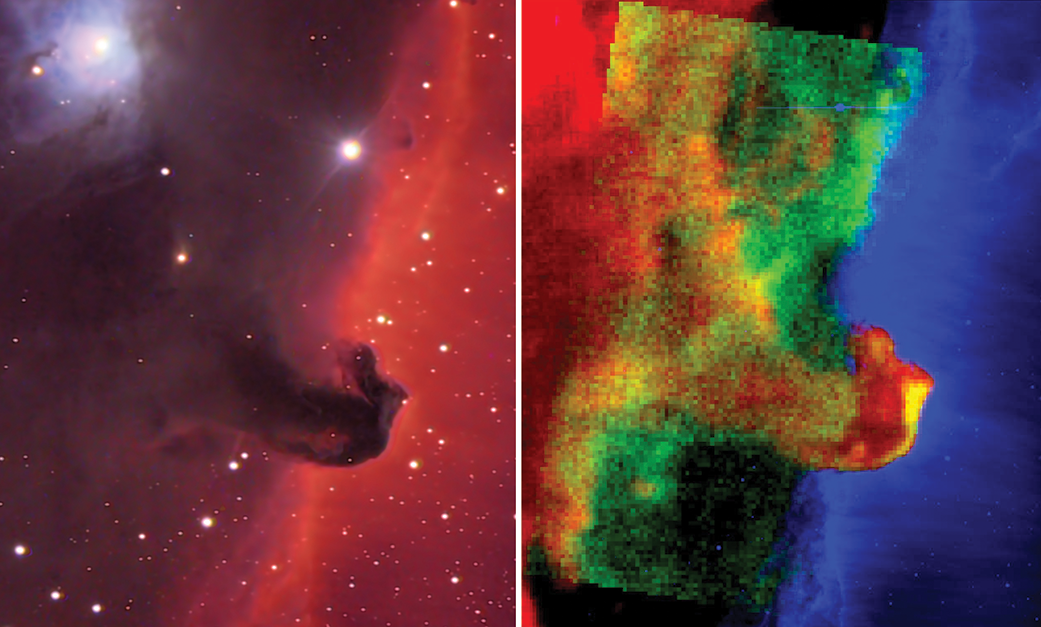
The flying telescope’s mission was extended by another three years, allowing it to see more of space from as high as 13,716.00 m.
Unfortunately, NASA says that the telescope will soon be retired from service. The National Academies’ Decadal Survey on Astronomy and Astrophysics 2020 reviewed the state of astronomical research, including SOFIA. The peer-reviewed report concluded that SOFIA is no longer productive enough to justify the cost of running it. Thus, NASA expects to retire it on September 30.

When SOFIA retires it’ll be one of the last 747SPs to be taken out of the sky. The 747SP hasn’t been in commercial service since 2016 and just three more are flying. Two are engine testbeds and one is operated by a resort. At this time it’s unclear what will happen to the aircraft, but if it is as lucky as its predecessor, it will be parked as a piece of NASA and aviation history.
